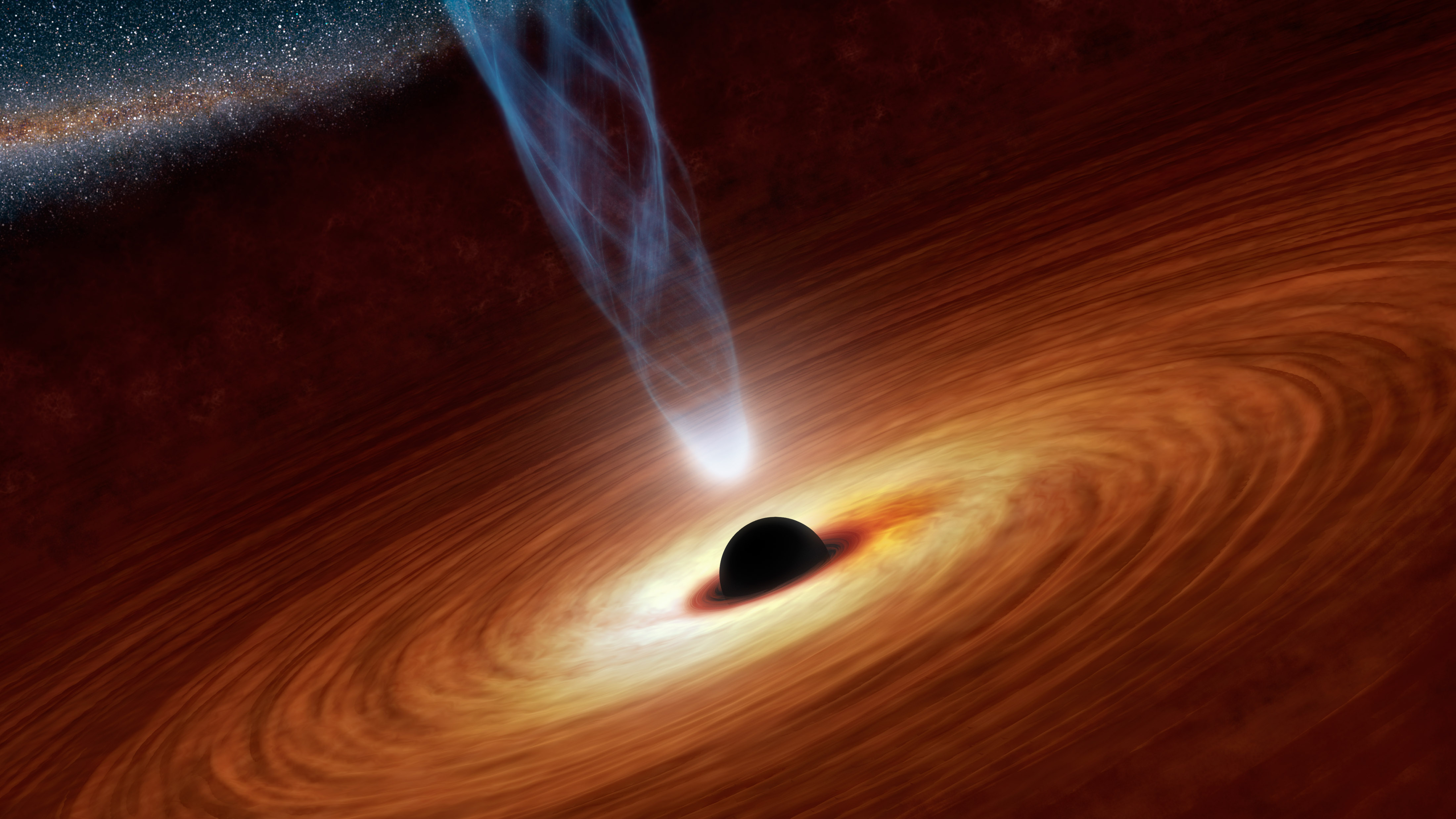Dear Readers,
Current affairs forms an important component of several competitive exams such as the UPSC Civil Services Examination, SSC CGL, Bank PO & PSU entrance tests, etc. Therefore, understanding terms/concepts/events that are in the news is critical for aspirants. We at PaGaLGuY bring you this series of articles explaining some of these important concepts/events in detail.
In this article we are discussing the other cosmic bodies in our Solar System.
Asteroids:
a) Asteroids are small cosmic bodies which orbit around the Sun in a elliptical path. They occur in large number in belt between Mars & Jupiter.
b) They are made up of rock , metals & some organic compounds. They are also known as planetoids or minor planets.
c) Some asteroids have moon of their own.
Comets:
a) Comets are Kuiper Belt objects.
b) Comets are mixture of ice, frozen gases & dust.
c) Comets are formed of a special class of cloud present in outer solar system called as Oort clouds.
d) A comet consists of five parts; Nucleus, coma, hydrogen envelope, dust tail and the ion tail. The main part of the comet is the nucleus (head) which is the solid part of the comet.
e) The gas tail forms when charged particles from the sun, called the solar wind, push the cometary gas particles directly away from the sun. The gas tail is visible because its particles glow after being excited by solar radiation. The direction of the tail is always pointing away from sun.
f) On the basis of their visibility, they are divided in 2 groups. They are,
Periodic Comets Non periodic comets
They revolve in elliptical orbit. They revolve in open parabolic curve.
They follow a certain path. They get deflected from their path after
their visibility.
g) Halley’s Comet is well known comet. It is visible after every 75-76 years.
h) Shoemaker-Levy 9 comet was originally located by astronomers Eugene M. and Carolyn Shoemaker and David Levy in March 1993.
Meteors :
a) Also called shooting stars, they are a bright streak of light usually seen in the night sky.
b) These are fragments of rock orbiting the Earth outside its atmosphere.
c) When they are pulled by gravity, they enter the atmosphere and approach the Earth’s surface.
d) During this friction with the atmosphere they generate heat. This causes these rock fragments to burn and produce light.
e) Sometimes they don’t burn completely and reach the Earth’s surface. They are called meteorites.
f) For this reason, the outer surface of our spaceships are laced with pure Silicon, which prevents the a spaceship from heating upon its friction with the atmosphere.
g) DRDO used Carbon-Carbon fibres on the outer surface of the Agni missile to prevent atmospheric friction.
Black hole:

a) Black holes are out of our Solar System. They are formed when massive stars collapse under their own gravity. These stars collapse when their fuel is exhausted. Such stars may become a white dwarf or a neutron star.
b) Nuclear reactions in the core of the star produce enough energy and pressure to push it outward. However, when the fuel required for these reactions is exhausted, gravity pulls the star’s outer surface to its core. In this position, the stars expand nearly to the Sun’s size, cool down and become white dwarf.
c) However, for stars that are about 5 times the Sun’s mass, the fusion process continues till the stars explode. Its outer parts are violently expelled into space, while the core wholly collapses under its own weight.
d) When this happens, it would require a velocity greater than the speed of light to escape the object’s gravity. Since no object can reach a speed faster than light, no matter or radiation can escape the gravitational force. Anything, including light that passes within the boundary of the black hole called the “event horizon” is trapped forever.
f) If the remaining mass of the star is 1.4 times the Sun’s mass, then the star is changed into white dwarf star (cold star). The maximum mass of a stable white dwarf star (1.39 M☉ or 1.39 solar mass) is called the Chandrasekhar limit. S. Chandrasekhar was an American astrophysicist of Indian origin who got the Nobel Prize in physics for the discovery of Chandrasekhar limit.
To get fresh updates about different exams on your Facebook & Twitter timelines, subscribe to our pages created specifically for them. We will post only exam specific links on these pages:
Bank PO:
Facebook: https://www.facebook.com/pagalguybankpo
Twitter: https://twitter.com/PaGaLGuYBankPO
SSC – CGL:
Facebook: https://www.pagalguy.com/ssc
Twitter: https://twitter.com/pagalguyssc
UPSC:
Facebook: https://www.facebook.com/pages/Pagalguy-UPSC/951926044840262
Twitter: https://twitter.com/PaGaLGuYUPSC
